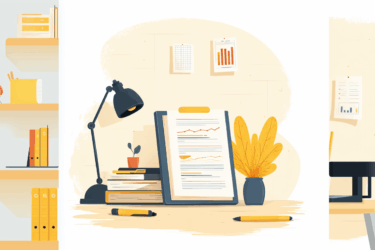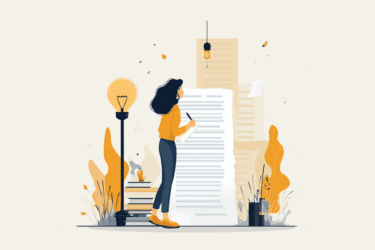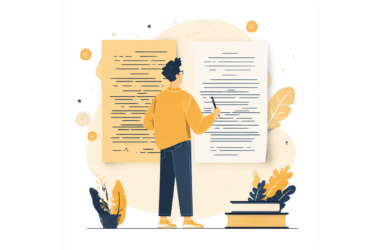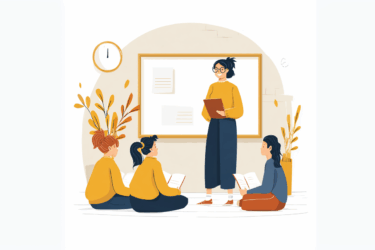Can students use AI while crafting an assignment? Why one should attribute their own work if used in a new paper? To what extent can an author rely on the source of information until it is considered plagiarism? Despite having set regulations and guidelines, the academic world is not that black-and-white. Let’s look into the definitions and examples of the most common cases of academic misconduct to get a clearer picture of what is acceptable in the learning environment, and what can get one into trouble.
Plagiarism
By definition, plagiarism occurs when one uses the information from another author and passes it for their own, without crediting the source. The solution sounds pretty easy: don’t take data from elsewhere or always mention the author, and you won’t be accused of academic cheating. Why then plagiarism has become such a challenge in education?
Besides deliberate attempts to violate the university honor code due to the lack of time or motivation to produce an original paper, students may make vexing mistakes that lead to plagiarism. One of the most common is improper attribution, when the author references the sources, but does it wrong. (Here is a guide on how to cite the sources properly.)
Another unobvious type is self-plagiarism, when one uses the information from their own work without attributing it. The thing is, any submitted work should be original. Duplicate submission of the paper is another misdeed on the list of common examples of academic misconduct. So, one can’t apply the same paper to several courses unless the professors let them, and should credit their own work as any other source when quoting or relying on the data from there.
Poor paraphrasing is one more widely spread reason for plagiarism repercussions. Many confuse synonymization with high-quality reflection and reworking of the material. Here are some tips on how to paraphrase correctly.
Using an online plagiarism checker can help avoid the most common copying-related mistakes. With a risk of accidental plagiarism, one should better check the paper even when writing it from scratch. Since plagiarism is one of the most serious academic offenses, that’s the case when it’s better to be safe than sorry!
AI misuse
The relatively new challenge of AI is probably the least regulated one. Schools implement their own rules regarding AI usage: some enthusiastically use it in class, while others tend to ban AI technologies for any study-related activities. Most educators, however, have outlined the golden mean, allowing to consult AI and use the prompts to boost creativity, but strictly forbidding students to generate the assignment texts with chatbots and integrating AI checker GPT into their working routine to ensure the papers’ authenticity.
So, talking about AI, one should primarily mind their schools and particular teacher’s guidelines. But it would be safe to say that any institution considers AI-generated assignments as blatant cheating unless chatbot involvement was required by the task instructions.
Collusion
Collusion misconduct happens when the work meant to be done individually is completed in collaboration with other students. Normally, educational institutions don’t ban students from discussing, brainstorming, and researching together. However, co-writing the individual assignment in a group or sharing parts of the assignment texts with other students crosses the line where such behavior is judged as academic dishonesty and entails consequences.
By the way. Sharing the work extracts or test answers on social media is also considered collusion, so be mindful about posting any assignment-related information online.
Falsification and fabrication
Fabrication occurs when students use invented or deliberately misinterpreted information. It can be the experimental data in sciences, or listing the non-existing or non-relatable sources in references to make the paper look more credible. So, any falsification is basically lying, which is obviously wrong and entails consequences.
Ghostwriting and Contract cheating
Delegating the assignment to a third party, such as contract writers and essay mills, is an apparent academic fraud. Impersonation is a related cheating example when the student gets someone to take an exam or test for them.
Fingerprint Authorship Identification Tool has been designed specifically for such cases! Have a look at the PlagiarismCheck.org toolkit empowering teachers and students to work with inspiration, vigor, and honesty. Join us now to discover your original voice and help your students grow.






